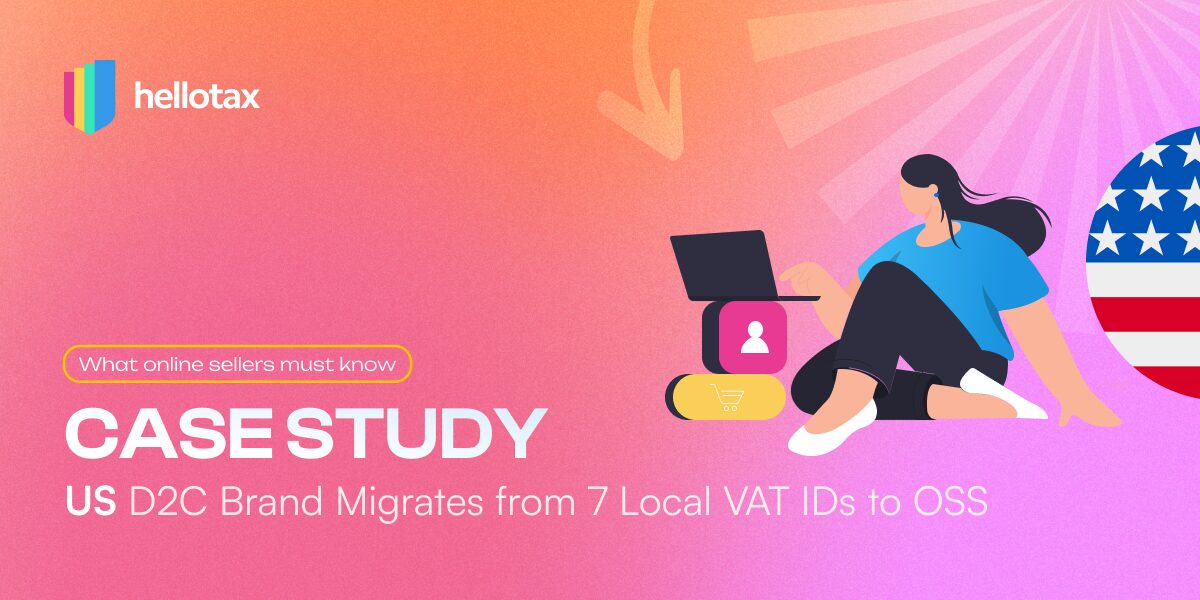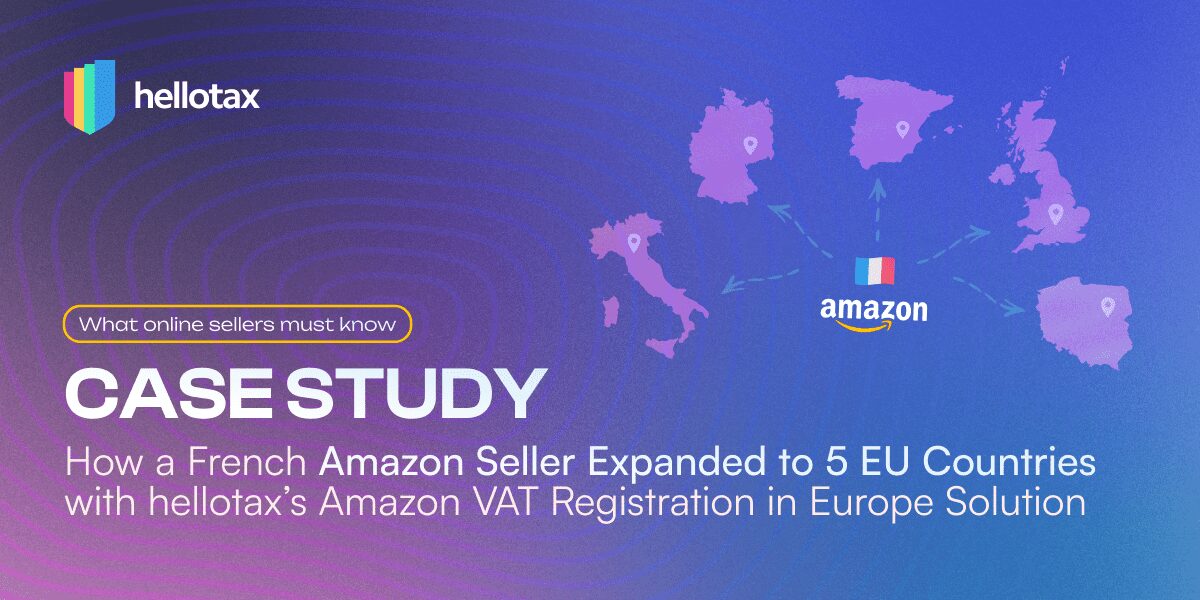
A lot happened in 2022. As the pandemic drew to a close, war broke out, inflation spiked, and consumer spending plummeted. In the midst of a major world event, it was hard to take a moment to think about things. So, what’s next? As the year 2023 approaches, this article explores the trends and topics shaping ecommerce and features insights from some of the industry’s key players.
Maria
Last Updated on 8 March 20231. Continued downturn is expected
Inflation remains high, spending is down, and businesses will have to work harder to stay competitive. Businesses must be ready to respond to global changes, and they must do everything in their power to retain and attract customers.
In a study conducted last year, almost four in five consumers (79%) said they would spend less if the economy significantly worsened, and 30% said they would spend a lot less.
2. The importance of conversion tools cannot be overstated
Optimizing your conversion can be done with a number of tools. A/B testing, user testing, data mining, heat maps, Google Analytics, and more can help you with this.
In 2023, you need to do all these things – and more. You need to make the most of every sales opportunity when spending is down.
3. The key to success will be customer retention
Customers’ relationship building will be another key webshop trend in 2023. Imagine a customer whose spending is being cut. Unless he builds a relationship with his customers, he will likely lose them if they can find what he sells cheaper elsewhere.
How can you ensure your prospects and customers receive truly remarkable experiences?
- Make your website available for reviews
- Provide your customers with the payment options they prefer
- Create a personalized customer experience
- Reduce prices or offer rewards
4. Recommerce is becoming more and more popular
The concept of recommerce is not new, but it is evolving. Recommerce is the act of selling second-hand items to others who reuse, recycle, or resell them.
Consumers are increasingly looking for sustainable products, especially younger consumers. Nearly 90% of Gen-X consumers are willing to spend an extra 10% or more on sustainable products.
Adding or improving revenue streams is another reason recommerce is gaining momentum for businesses. Controlling resales helps companies build trust, build loyalty, and utilize stock more efficiently.
Brands of all sizes are also participating. This type of commerce is being pioneered by Patagonia, but Levi’s, H&M, and Zalando are all participating as well.
5. There will be an increase in omnichannel strategies
Omnichannel is another trend in ecommerce for 2023. Multichannel sales are becoming more popular as businesses seek to expand their revenue streams. In order to perfect your omnichannel offering, you need more than multi-channel selling.
6. The use of social media in e-commerce will become more crucial
Social media is widely used by nearly half of the world’s population, and that number is increasing. In 2023, social media, especially TikTok, will become more important. In order to nurture and support existing customers, social platforms are ideal. As a result, most major brands use them as a de facto customer support channel.
Would you like to start an e-commerce business or expand your existing one? With hellotax, you can register for VAT in several EU member states and stay VAT compliant. Let us handle the rest, so you can focus on what’s important – your business.


